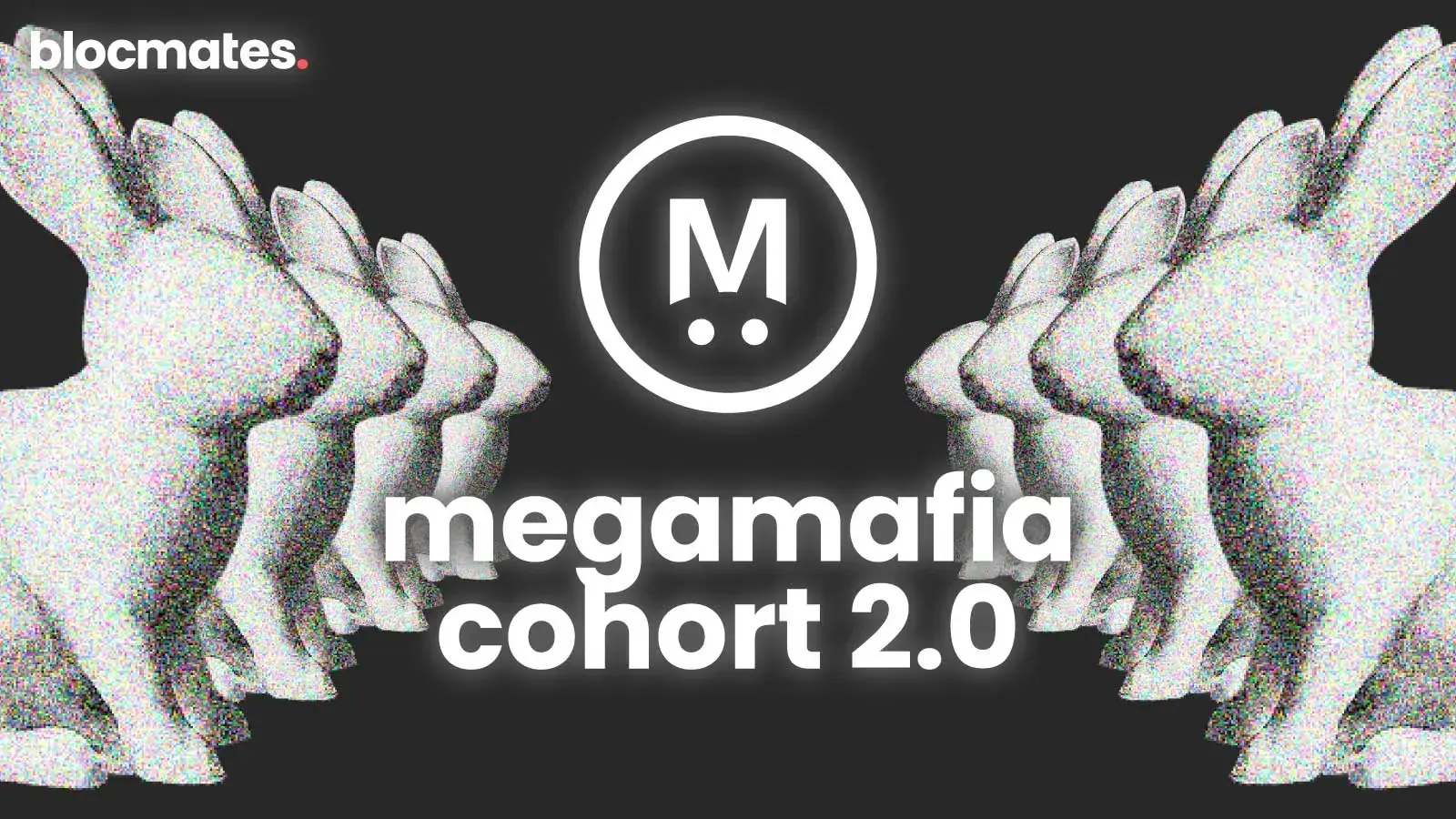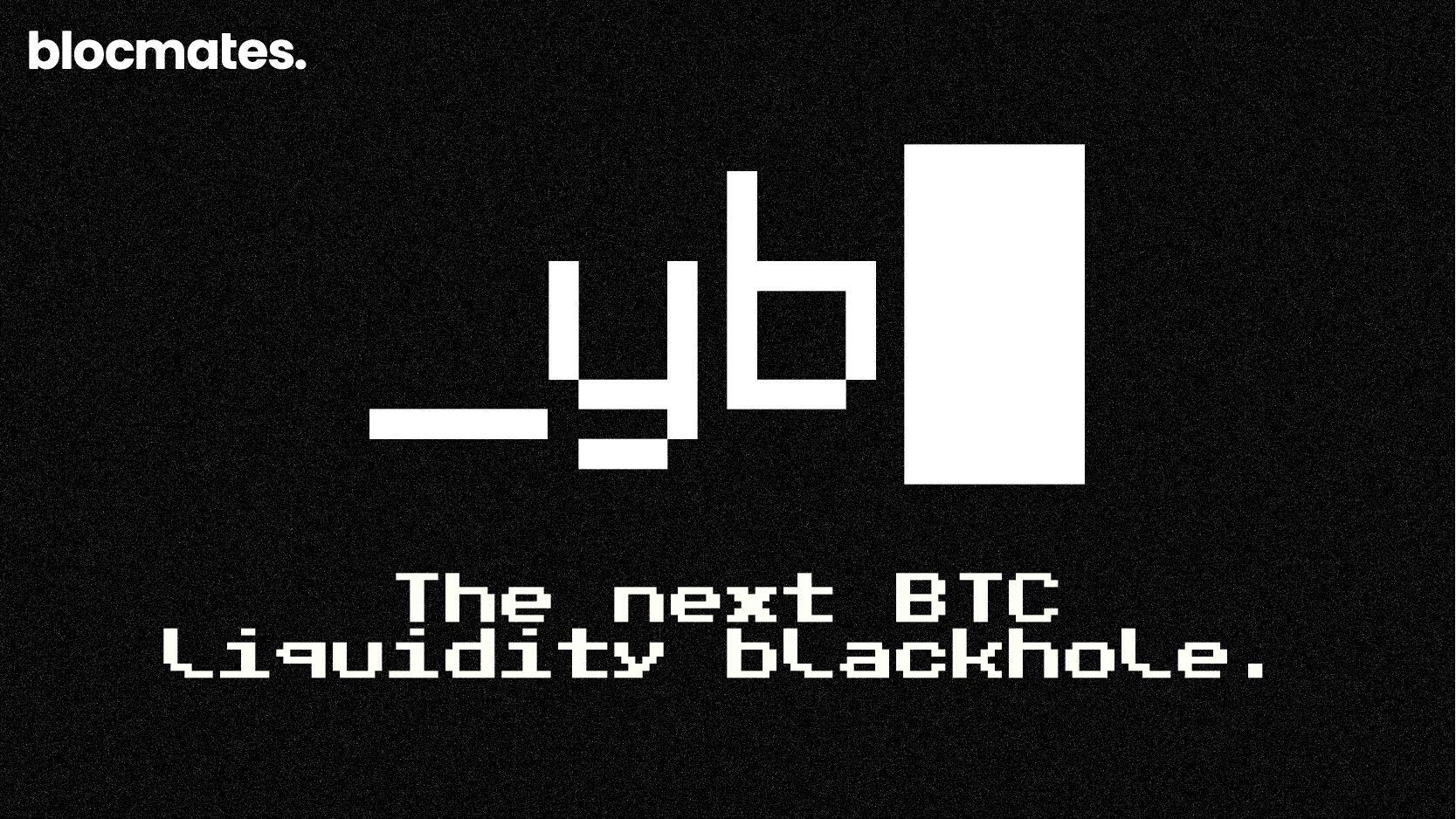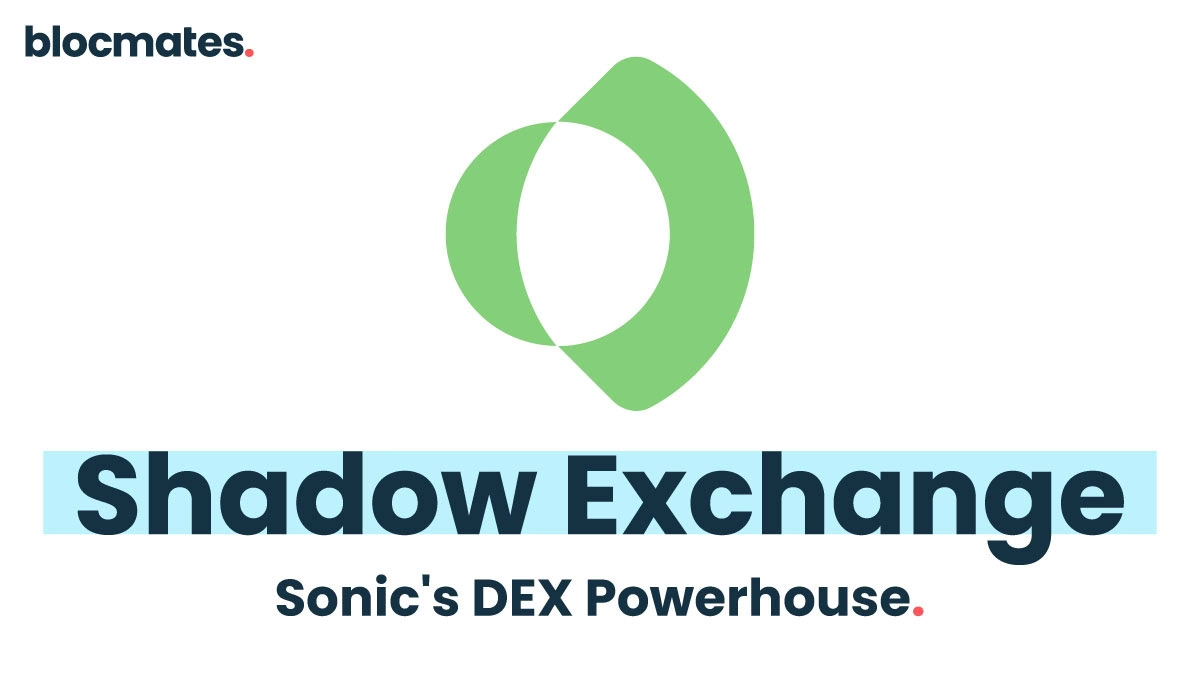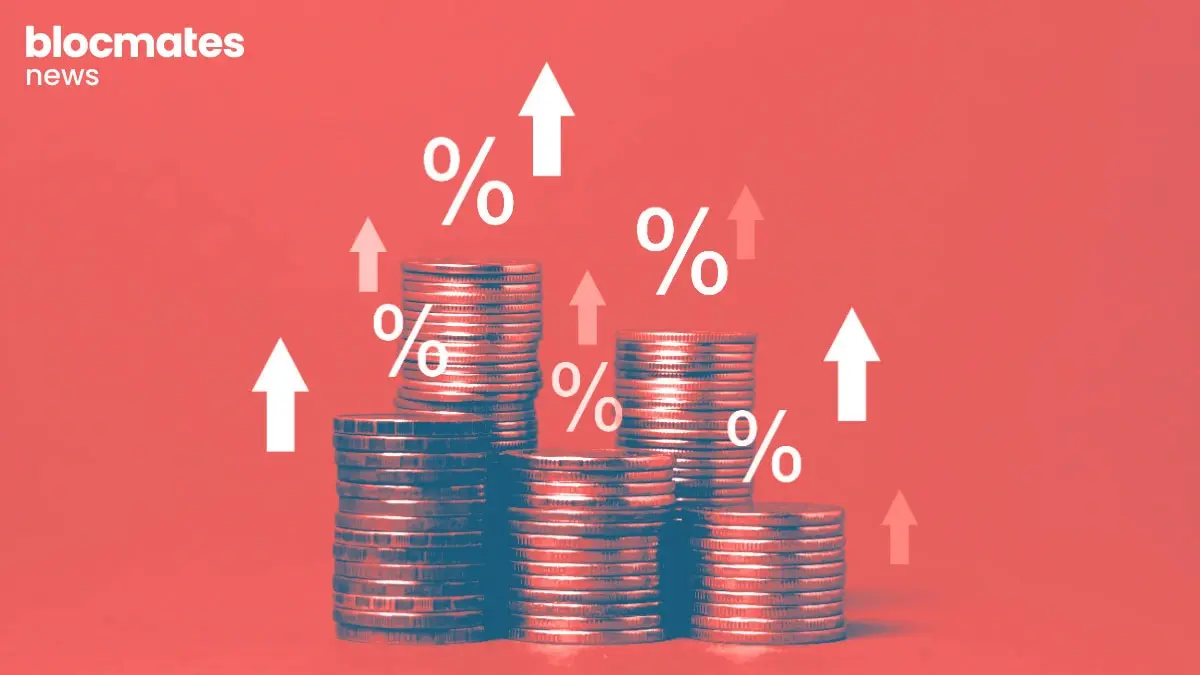The crypto market is in dire straits. Over the past day, more than 16% has been shaved off from the aggregate valuation, bringing down the figure to $1.78 trillion.
During the early Asian trading hours, large cap coins like Bitcoin and Solana managed to restrict their losses in the 10%-15% bracket, while the likes of Ethereum, Arbitrum, and Uniswap dumped by more than 20% in a single day.
However, within a couple of hours, BTC slipped below the psychological $50k threshold and pulled down other assets with it, aggravating investors’ losses. Ether dropped to $2111, registering its worst single-day loss since May 2021.
Was the Crash Predictable?
Toward the end of July, the hash ribbon indicator flashed a buy signal. As underlined in our recent analysis, the first buy signal flashed by this indicator post-halving is typically the most pronounced. So, when the buy signal surfaced, bullish hopes were rekindled. To top it all, BTC registered a green-candle monthly close in July.
Things took a turn for the worse when the market welcomed August on a bearish note. Since then, Bitcoin has only printed red candles on the daily timeframe, with the intensity of losses only amplifying with every passing trading session.
Market participants who paid attention to financial astronomy — which relies on the science of astronomy alongside mathematical psychology — were prepared for this flash crash to a fair extent. If this sounds Greek and Latin, let’s break it down.
Lunar cycles are one of the most relied-upon indicators to help predict price movements.
Typically, assets tend to behave in patterns depending on the state of the moon. In some markets, full moons mark the beginnings of short-term upticks, while in others, new moon periods are considered to be the rabbit’s foot.
Now, in the crypto market, the fortnight following any new moon night has been bearish, while the two weeks after any full moon have been bullish.
According to TradingView’s Moon phases indicator, the blue circle represents a new moon while the bright white circle indicates a full moon. The space between the said periods is filled with colors accordingly – yellow [growing] and navy blue [waning].
Let’s zoom out and analyze if BTC has been adhering to the lunar cycle dictations or not.
Since November last year, Bitcoin’s price has mostly maintained the sanctity of the trend. The largest crypto asset has either registered an uptick or stabilized in yellow patches.
Contrastingly, on the navy blue patches, it has mostly retraced and consolidated. That being said, a couple of trend deviations — one in May and one in July — have been recorded of late. They have been chalked out on the chart below.

August 4 marked the beginning of the new moon phase. Keeping in mind the lunar tradition, the upcoming fortnight is set to be wobbly for Bitcoin and the entire crypto market, and today’s crash is perhaps a precursor to the same.
Market participants can make the best use of the next few days to accumulate during the dips and then wait for BTC to start making amends. Key BTC levels to watch out over the short term include $48.3k, $47.7k, $45.9k, $41.7k, and $40.2k.
The ‘Ghost’ Month
The seventh month in the Chinese lunar calendar is called the Ghost Month. The Chinese New Year typically starts anywhere between January 21 and February 20. On that basis, the seventh month or the Ghost Month kickstarted on 4 August this year and will end on 2 September.
Specifically, this month connotes bad luck, and people follow several dos and don’ts to ensure they are shielded. All major activities are pushed to later dates to steer clear of mishaps and accidents.
Historically, investors avoid making any sort of investments in the financial market during this month to avoid getting haunted by misfortune. While this was restricted to the stock market during the earlier days, it is interesting to note that the scope has gradually widened to Bitcoin.
The largest crypto asset has been fairly receptive to the Ghost Month. Since 2017, BTC has mostly registered corrections during this period.
However, in 2018, it deviated from the trend slightly and recorded a 1.6% rise. Likewise, in 2021, it rose by 18.2% during the Ghost Month, but the very next day of the new month, it registered a flash crash from its daily peak of $52.9k to $42.8k.
Now even though this indicator is not cent percent reliable, it does give an insight into the directional bias. The latest crash aligning with the onset of 2024’s Ghost Month can’t merely be a coincidence, right?

Volatility Turbulence Triggers $1 Billion in Liquidations
Alongside the VIX, even the crypto volatility index’s [CVI] reading has registered a sharp spike. Excessive volatility is not healthy on any given day. As chalked out below, the CVI is currently hovering around its YTD peak, signaling towards heightened uncertainty in the crypto market.

When this fortnight started, BTC’s returns during all three sessions, i.e. the US, EU, and APAC, were moving in tandem. However, over the weekend, the readings registered a nosedive, with the ROI during the US trading hours being the worst casualty.

Long traders were not spared during today’s dip. Over the past 24 hours, more than $1 billion worth of positions have been wiped out, with more than $907 million being longs. Data from Coinglass pointed out that over 279,984 traders were affected in aggregate. Meanwhile, the largest single liquidation order transpired on Huobi - a $27 million valued BTC/USD position.

What’s Next?
Bitcoin’s Stablecoin Supply Ratio [SSR] has registered a sharp drop of late. The SSR typically compares the coin’s market cap against the aggregated market cap of all stablecoins.
Usually, low SSR values are deemed to be healthy because they point towards a high stablecoin supply. This, in turn, holds the potential to bubble up the buying pressure and initiate a trend reversal.
Thus, it can be said that the current downward deviation is setting the stage for the buying pressure to re-sprout, paving the path for a potential future recovery.
However, a proper turn-around from Bitcoin can be expected only after this metric bottoms out. The last time a similar drop was registered in July. From a low of $55.8k, BTC went on to attain $68.1k within two weeks.
However, when zoomed out, data points out that complete recovery from black swan events has ranged from a handful of weeks to several months.

The crypto Fear and Greed Index’s reading has parallelly rolled down the cliff. On 29 July, this metric was hovering around 74. However, at press time it was down to 25, bringing to light the extreme fear in the minds of market participants. On one hand, this might seem to be worrisome, but when viewed from investors’ perspective, it points towards a golden buy opportunity.

To reconfirm the signal, let’s look into the Mayer Multiple [MM]. First things first, the MM was created to compare Bitcoin’s price with its past movements. Whenever Bitcoin has rallied, this metric’s reading has majorly reflected readings above 1.5.
The MM is currently flashing a reading of 0.84. This indicates that the asset is ripe for accumulation. In fact, per historic trends, the best long-term results have been attained by accumulating BTC around low MM readings.
The doors might not be open for long, because the MM has been higher than the current reading of 0.84 for 78% of the time.

Bottom Line
The crypto market’s conditions aren’t going to change overnight. The fractured macro-economy first has to heal and so do the traditional markets. If the current choppy conditions persist, then we might also need some kind of government intervention.
The road to recovery is going to be a long one. Even though the market is characterized by panic at the moment, it shouldn’t be forgotten that gunpowder in the form of stables is ready on the table, waiting to be deployed. Parallelly, accumulation signals have been flashing all across the board.
It’s time to zoom out, find the right entry points, refill bags, and patiently wait for the market to make amends.













.webp)

.webp)
.webp)

%20(1).webp)



























































%202.webp)


.webp)

.webp)
.webp)
.webp)



.webp)












%20the%20Next%20Big%20Unlock%20in%20AI.webp)






.webp)
.webp)

.webp)
.webp)
.webp)


.webp)
.webp)










.webp)


.webp)









.webp)







.webp)




.webp)
























.webp)







.webp)















.webp)

.webp)
.webp)

.webp)















.webp)

.webp)


.webp)








.webp)





